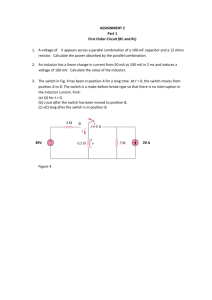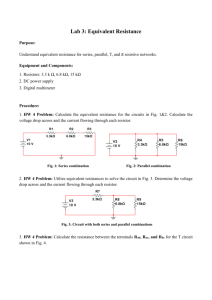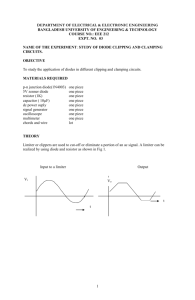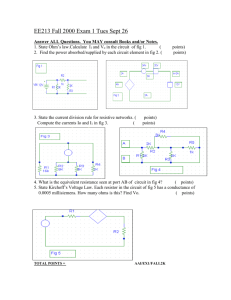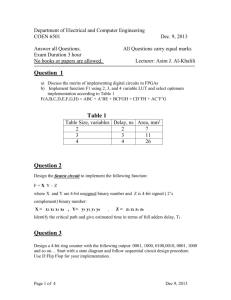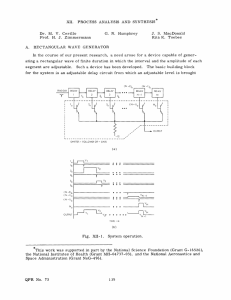UfiZQCmanuscript_SupporingInformation
advertisement
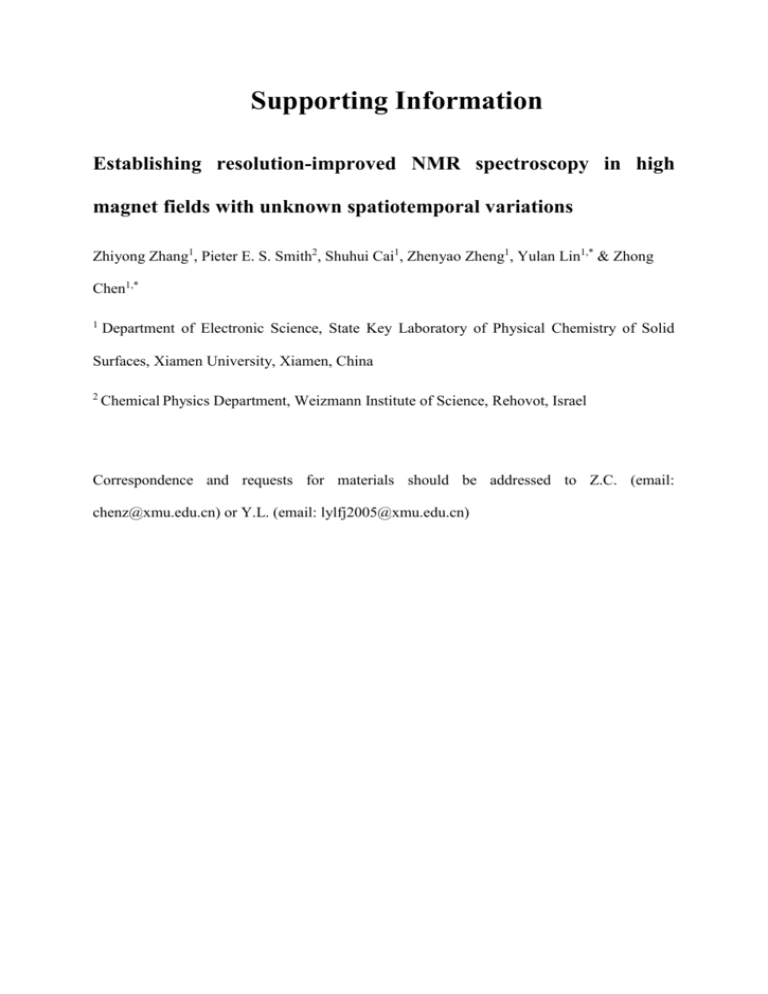
Supporting Information Establishing resolution-improved NMR spectroscopy in high magnet fields with unknown spatiotemporal variations Zhiyong Zhang1, Pieter E. S. Smith2, Shuhui Cai1, Zhenyao Zheng1, Yulan Lin1,* & Zhong Chen1,* 1 Department of Electronic Science, State Key Laboratory of Physical Chemistry of Solid Surfaces, Xiamen University, Xiamen, China 2 Chemical Physics Department, Weizmann Institute of Science, Rehovot, Israel Correspondence and requests for materials should be addressed to Z.C. (email: chenz@xmu.edu.cn) or Y.L. (email: lylfj2005@xmu.edu.cn) Generation of magnetic field instability A home-made circuit unit was connected to the Z0 shimming coil power supply (Fig. S1a), which in conventional NMR spectrometers adjusts the deuterium lock frequency. The circuit was designed to mimic the fluctuating fields observed in resistive and resistive-superconducting hybrid magnets. The input to the circuit (Fig. S1b) was generated by simple signal generators (Fig. S1c) and a noise source (Fig. S1d). All the frequencies and intensities were adjusted to experimentally model the temporal instability of resistive and resistive-superconducting hybrid magnets 1, 2. FIG. S1 Home-made circuit to connect the Z0 shimming coil power supply. (a) The circuit inside the shimming unit of Agilent VNMRS® console (Santa Clara, CA). (b) The outside signal input connected with the shimming unit of console. To experimentally model the temporal instability of resistive and resistive-superconducting hybrid magnets, the modulated input signals applied with (c) several simple signal generators and (d) an input noise source. References [1] T. Iijima et al., J. Magn. Reson. 184 (2007). [2] Z. H. Gan et al., J. Magn. Reson. 191 (2008).

